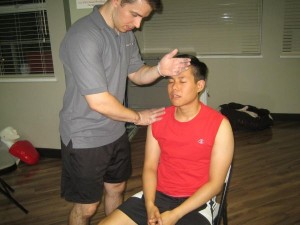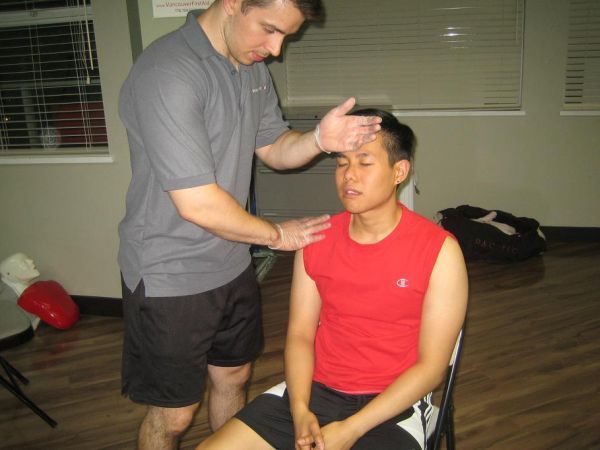
Scarlet fever is an infection most common among the children between the ages of 5-15 years and is associated with pain of the throat, fever, strawberry appearance of the tongue and rashes throughout the body. The use of anti-bodies has significantly decreased the rate of deaths caused by scarlet fever. However, if the fever remains untreated, it can eventually lead to kidney and heart failure.
The details posted on this page on scarlet fever and medical emergencies in children and infants is for learning purposes only. To learn to recognize and manage serious medical emergencies including breathing and circulatory emergencies enrol in a first aid and CPR course with one of our provider today.
Scarlet Fever Causes
The cause of scarlet fever is the same bacterium which is involved in causing a sore throat. However, in the case of scarlet fever the bacterium releases certain toxins which cause redness of tongue and body parts.
The infection travels from the infected to the healthy individual through the saliva drops sprayed in the air during coughing and sneezing. The bacterium requires a time of two to four day, called the incubation period of bacterium, to develop the visible symptoms.
Scarlet fever Signs and symptoms
The major signs and symptoms of scarlet fever include
- Red rashes start to appear on different parts of body. These rashes first appear on face and neck and then spread to other areas like trunk, legs and arms. The area of rash turns pale when pressure is applied on it.
- The folds of body, armpits, elbows, groins and knees, become deeper red as compared to the surrounding areas.
- The face becomes red and a pale ring appears around the oral opening.
- The tongue becomes red and acquires a strawberry appearance.
- Fever, 101 degree F or higher, is observed along with chills.
- Painful throat.
- Difficulty in swallowing.
- Headache.
- Nausea and vomiting.
When to seek medical attention for Scarlet fever
You should see your doctor if you see any of the following symptoms of scarlet fever:
- Red rashes on the body.
- Fever of 102 degree F or higher.
- Swelling of glands in the neck.
Scarlet fever Risk factors
An individual is the greater chance of developing the infection, if
- He or she comes in contact with the infected individual.
- His or her immune system is compromised. It occurs in children between the ages of 5 to 15.
Scarlet fever Complications
The possible complications of scarlet fever include
- Heart failure.
- Skin complication.
- Nervous system disorders.
- Joint damage.
Scarlet fever Treatment
The home remedies and other medicinal treatments for scarlet fever include
- Use ibuprofen or acetaminophen to decrease fever and pain in the throat.
- Drink a lot of water and juices.
- Gargling is an effective home remedy. Take Luke warm water and add a pinch of salt in it. Gargle with this mixture at least 2 times a day.
- Keep the air around you moist.
- Sucking lozenges can decrease throat pain.
- Warm soups and ice poops can soothe the pain of throat.
- Don’t smoke close to the infected children.
Prevention
The preventive measures for scarlet fever include
- Wash the hands of your child with good soap.
- Never share drinking utensils as it is the basic method of spread of infection.
Cover your mouth during coughing and sneezing.

